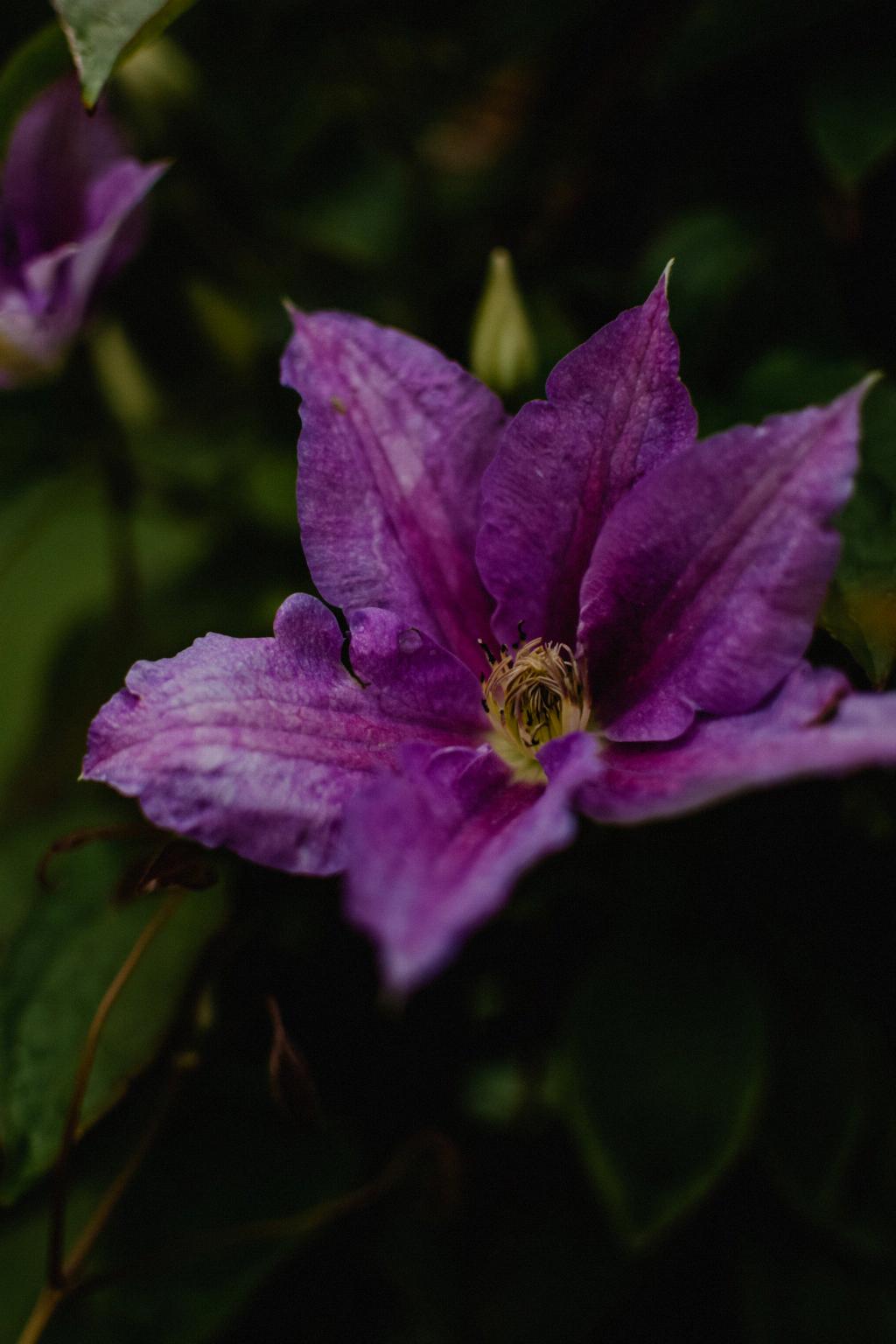When it comes to clematis, knowing when and how to prune is essential for ensuring healthy growth and abundant blooms. One common question that arises among gardeners is whether or not to cut back clematis vines every year. The answer to this question largely depends on the pruning group to which your clematis belongs.
Pruning Group 3 Clematis: Summer or Fall Blooming
Clematis varieties that fall into Pruning Group 3 are those that bloom on new growth, typically during the summer or fall. These clematis can be cut back hard each year in March, reducing the vines to about 12 inches from the ground. This rejuvenating prune is beneficial as it encourages vigorous new growth and ensures a profusion of blooms on fresh wood.
Benefits of Regular Pruning
Pruning clematis every year offers several benefits to both the plant and the gardener. By cutting back the vines annually, you promote better air circulation, which can help prevent diseases and pests. Additionally, regular pruning helps maintain the desired shape and size of the clematis, preventing it from becoming overgrown and unwieldy.
Timing Is Key
The timing of pruning is crucial when it comes to clematis care. For Group 3 clematis, it is recommended to prune in early spring, preferably in March, before new growth emerges. This timing allows the plant to focus its energy on producing new shoots and flowers while ensuring that you do not accidentally remove buds that are set to bloom in the current season.
Understanding Clematis Growth Patterns
To effectively prune your clematis, it is essential to understand its growth habits. By knowing whether your clematis blooms on old wood, new wood, or both, you can tailor your pruning practices to encourage optimal growth and flowering. Group 3 clematis, in particular, are best pruned back each year to promote vigorous new growth and abundant blossoms.
Pruning Techniques for Group 3 Clematis
When cutting back Group 3 clematis, aim to reduce the vines to a height of around 12 inches from the ground. This severe trim may seem drastic, but it is necessary for rejuvenating the plant and ensuring a bountiful display of flowers later in the season. Use sharp, clean pruners to make precise cuts and avoid damaging the remaining stems.
Tips for Successful Pruning
When pruning clematis, remember to step back periodically to assess the overall shape of the plant and make adjustments as needed. Aim to create an open, airy structure that allows light to reach all parts of the vine, promoting healthy growth and blooming. Removing tangled or crossing stems can also help improve air circulation and reduce the risk of disease.
Pruning Group 3 Clematis: A Yearly Ritual
For gardeners with Group 3 clematis in their landscape, pruning back the vines each year is a necessary task to ensure the continued health and vitality of the plant. By following the guidelines for pruning at the right time and to the correct height, you can enjoy a spectacular floral display year after year.
Conclusion
In conclusion, cutting back clematis vines every year, especially those belonging to Pruning Group 3, is crucial for promoting vigorous growth and abundant blooming. By understanding the specific requirements of your clematis variety and employing the right pruning techniques at the appropriate time, you can help your plants thrive and enhance the beauty of your garden.

